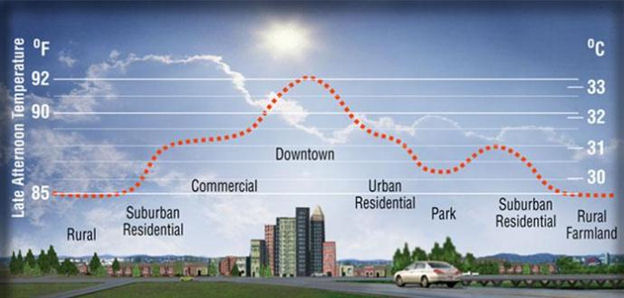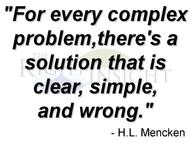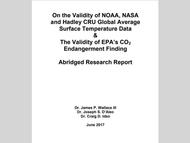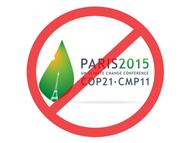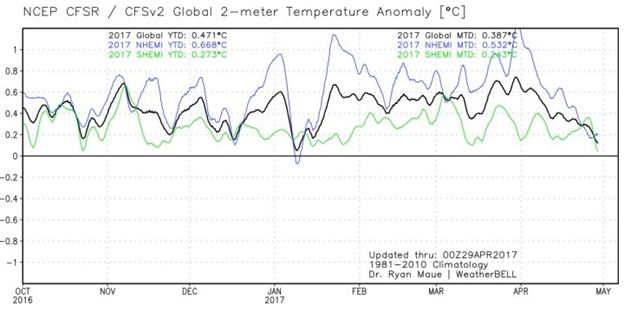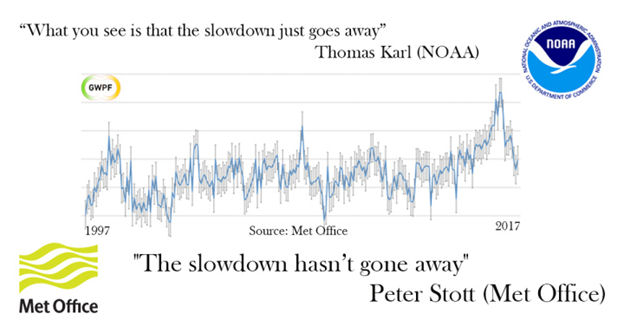“Virtue Signaling refers to the public expression of an opinion on a given topic primarily for the purpose of displaying one’s moral superiority before a large audience to solicit their approval.”, Know Your Meme
“Seven out of 10 Americans supported remaining in the (Paris) agreement, according to a national poll conducted by the Yale Program on Climate Communication after the election.”
I suspect the results of this Yale poll and others are an example of virtue signaling by members of a populace which has been inundated with “climate consensus”, “future climate catastrophe”, “carbon pollution”, “more and stronger storms”, “more longer severe droughts”, “increased desertification”, etc. The poll questions are structured to invite virtuous responses; and, nobody wants more “pollution”.
The poll questions rarely identify the costs of remaining in the agreement, now and in the future. The possibility that electricity costs would double, or more, as the globe moved towards zero net CO2 emissions, as President Obama suggested, is not part of the background to the poll questions. The per capita tax increase required to fund the US share of the Green Climate Fund, either at the initial $100 billion per year funding level, or at the post-2030 $425 billion per year funding level, is also not part of the background to the poll questions.
Even at that, previous experience with polls asking whether individuals would spend “X” more for some good or service if it provided “Y” benefits suggests far higher positive response to the poll questions than the positive response when those same individuals are asked to “write the check”. In the case of US participation in the Paris Agreement, the “check” could be very large indeed. The capital investment required to reach zero net CO2 emissions in the US would be approximately $30 trillion.
US annual residential electric bills range from ~$1000 – 1800, or from ~$0.09 – 0.21 per kWh. The prospect of spending an additional $1000 – 1800 per year for the same quantity of electricity would be expected to dampen the enthusiasm of many consumers. The prospect of even higher costs as electricity replaced petroleum for transportation uses and natural gas for residential, commercial and industrial direct uses is hardly ever discussed.
The additional tax burden on US taxpayers to provide the intended ~25% US share of the initial annual funding of $100 billion for the UN Green Climate Fund would be ~$75 for each man, woman and child in the US (~330,000,000), or ~$150 for each man, woman and child in families which actually pay income taxes (~165,000,000). That tax burden would increase to ~$600 for each man, woman and child in families which pay income taxes after 2030, when annual funding for the Green Climate Fund would be expected to rise to ~$425 billion per year.
Pollsters don’t bother to remind poll respondents of the TANSTAAFL principle.
“There Ain’t No Such Thing As A Free Lunch.”
Many poll respondents don’t think about the principle when they respond to poll questions.
In the case of the Paris Agreement, specifically the Green Climate Fund, most also ignore yet another principle.
“The Better Lunch Is, The More It Costs.”
Even though participation in the Paris Agreement is “voluntary”, its intent is not. Rather, its intent is that participants are progressively “sucked in”, which leads to a third principle which is also not often mentioned.
“Once You Start Eating, You Can’t Stop.”
These principles are also described in game theory as:
“You can’t win.”
“You can’t break even.”
“You can’t quit the game.”
President Trump has decided that the US, as a nation, will not participate in this game. States, cities and corporations which wish to play the game would be wise to do so outside of the Agreement, lest they discover that their participation becomes their own “Hotel California”.
Last thing I remember, I was
Running for the door
I had to find the passage back to the place I was before
'Relax' said the night man
'We are programmed to receive'
You can check out any time you like
But you can never leave!
(DON FELDER, DON HENLEY, GLENN FREY)
The developing and not-yet-developing nations of the world would also be wise to contemplate the price of the “free lunch” they are demanding from the Green Climate Fund on their future freedom. However, that is a story for another day.
 The Right Insight is looking for writers who are qualified in our content areas. Learn More...
The Right Insight is looking for writers who are qualified in our content areas. Learn More...

